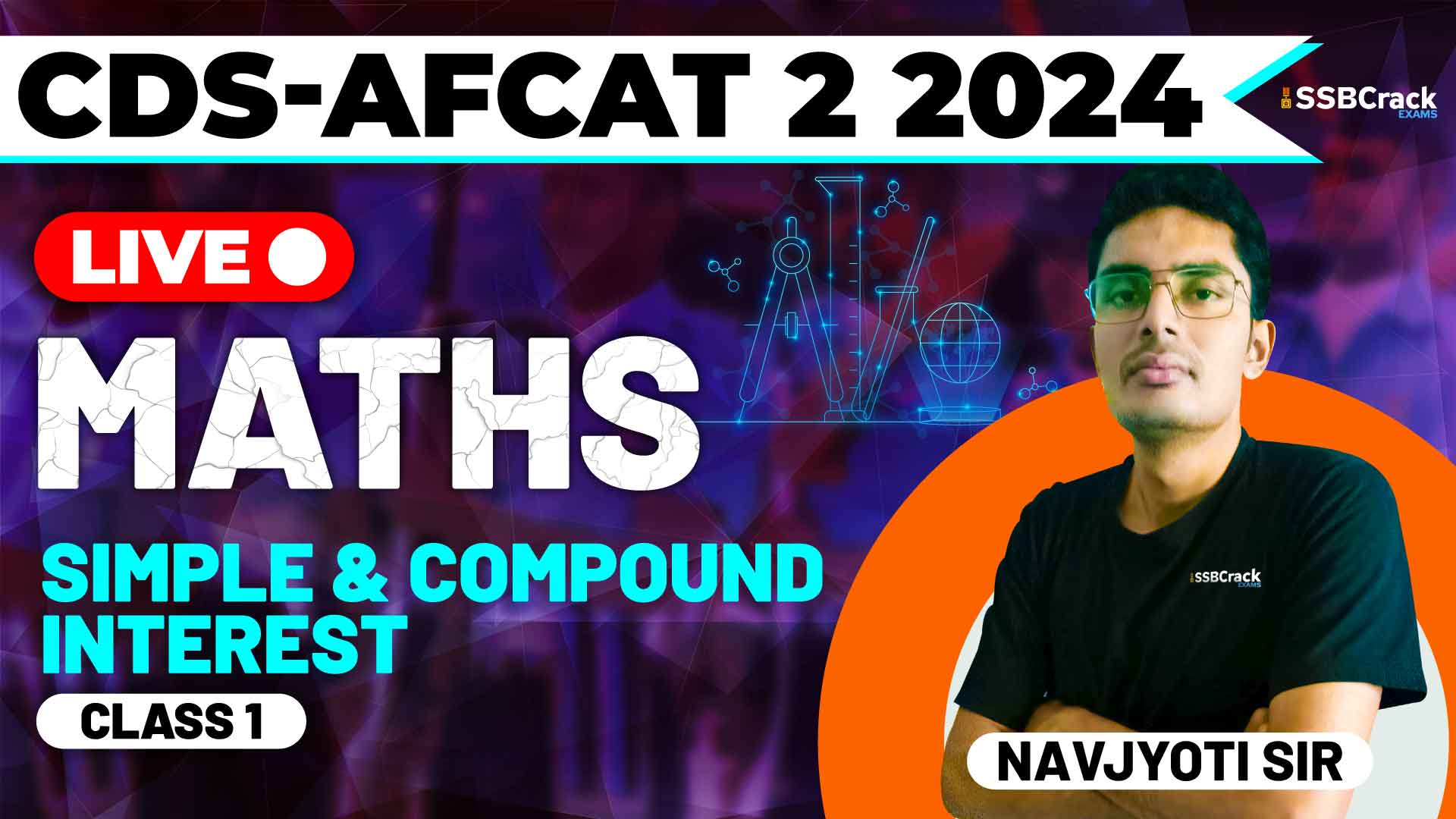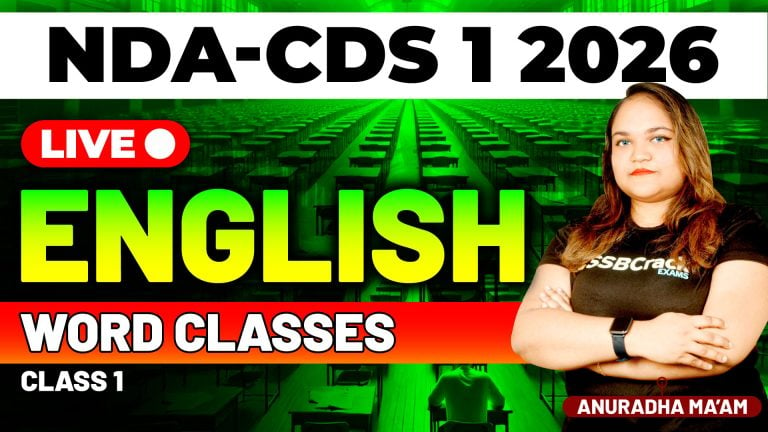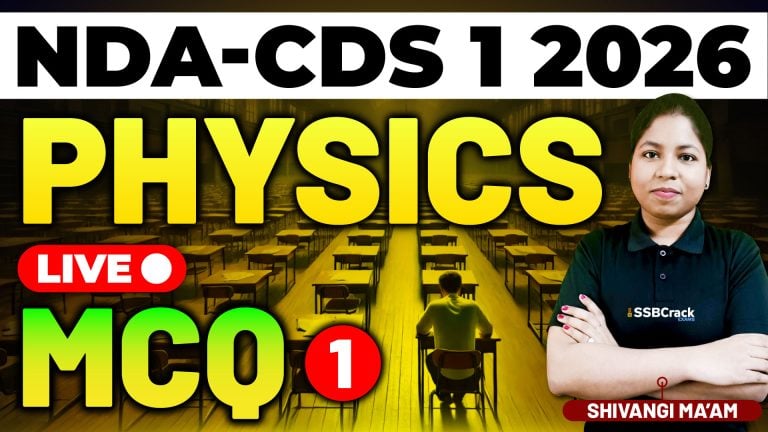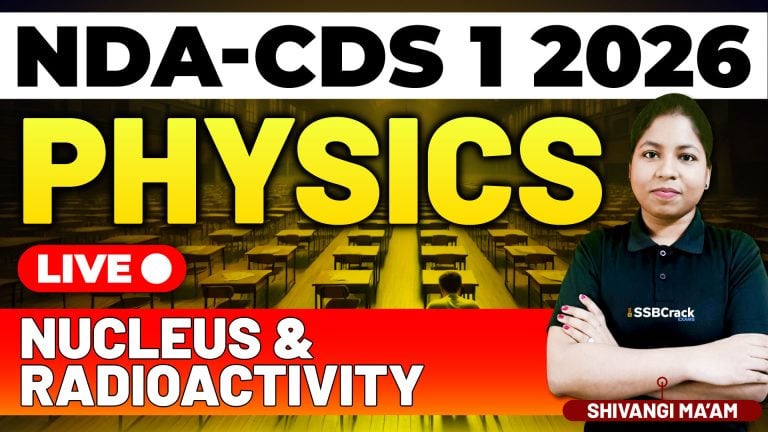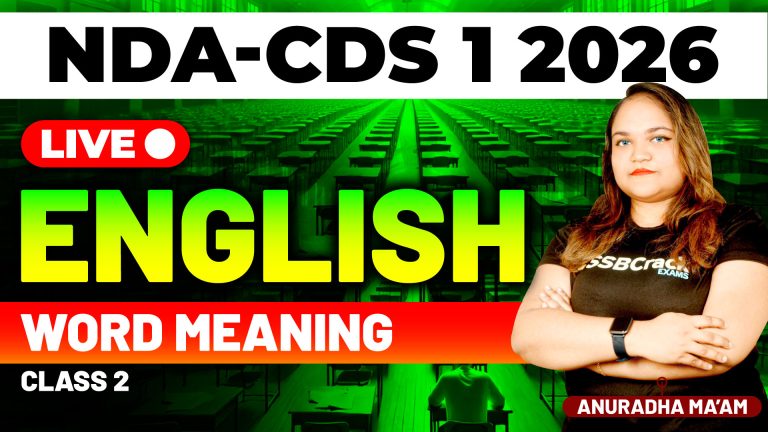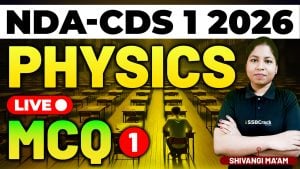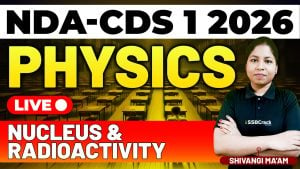Preparing for competitive exams like the Combined Defence Services (CDS) and Air Force Common Admission Test (AFCAT) involves mastering various mathematical concepts. One of the crucial areas covered in these exams is Simple and Compound Interest. This article provides an overview of a class dedicated to this topic, highlighting key sub-topics, essential formulas, and example questions discussed to help students understand and excel in this area.
Understanding Simple and Compound Interest
Interest calculation is a fundamental concept in finance and mathematics, involving two main types: Simple Interest (SI) and Compound Interest (CI). Understanding the difference between these two is crucial for solving related problems effectively.
Simple Interest
Simple Interest is calculated on the principal amount over a specific period at a given rate. It is straightforward and doesn’t take into account the effect of interest compounding over time.
Key Points:
- Interest is calculated on the original principal throughout the period.
- The total amount paid or received is the sum of the principal and the interest earned over the period.
Compound Interest
Compound Interest, on the other hand, is calculated on the principal amount as well as on the accumulated interest from previous periods. This means that interest is calculated on interest, leading to potentially higher returns over time.
Key Points:
- Interest is calculated on the initial principal and the accumulated interest from previous periods.
- The compounding can occur annually, semi-annually, quarterly, or monthly, affecting the total amount of interest earned.
Formulas for Calculating Amount and Interest
Simple Interest
To calculate the Simple Interest and the total amount, the following key components are used:
- Principal (P): The initial amount of money.
- Rate of Interest (R): The percentage rate at which interest is charged.
- Time (T): The duration for which the interest is calculated.
Compound Interest
For Compound Interest, the total amount is calculated considering the compounding frequency. The components are:
- Principal (P): The initial amount of money.
- Rate of Interest (R): The annual interest rate.
- Time (T): The total duration in years.
- Number of Compounding Periods per Year (n): For half-yearly, n=2; for quarterly, n=4.
Compound Interest for Half-Yearly and Quarterly
When dealing with Compound Interest, it’s essential to understand how different compounding periods affect the final amount. The compounding frequency can significantly impact the interest earned.
Half-Yearly Compounding
When interest is compounded half-yearly, it means that the interest is calculated and added to the principal twice a year.
Key Points:
- The rate of interest per period is half the annual rate.
- The number of periods is twice the number of years.
Quarterly Compounding
When interest is compounded quarterly, it means that the interest is calculated and added to the principal four times a year.
Key Points:
- The rate of interest per period is a quarter of the annual rate.
- The number of periods is four times the number of years.
Practical Strategies for Solving Interest Problems
To excel in solving Simple and Compound Interest problems, it’s essential to adopt effective strategies:
- Understand the Problem: Carefully read the question to determine whether it involves Simple or Compound Interest.
- Identify Key Variables: Note the principal amount, rate of interest, time period, and compounding frequency.
- Apply the Right Formula: Use the appropriate formula based on the type of interest and the compounding frequency.
- Check Units and Consistency: Ensure that all values are in consistent units (e.g., annual rates with annual periods).
- Practice Regularly: Regular practice of different types of problems will help reinforce these concepts and improve problem-solving speed and accuracy.
Conclusion
Mastering the concepts of Simple and Compound Interest, understanding their differences, and being able to apply the relevant formulas are crucial for success in the CDS and AFCAT exams. By comprehensively discussing these topics and practicing a variety of example questions, students can build a strong foundation in this area.
By following these guidelines and continually engaging with the material, students can enhance their proficiency and confidence in tackling interest-related questions in the exams.
Through consistent practice, strategic problem-solving, and a clear understanding of the core concepts, you’ll be well-prepared to excel in the Simple and Compound Interest section of the CDS and AFCAT exams. Stay focused, practice diligently, and approach each problem with a clear and analytical mind. Good luck!
